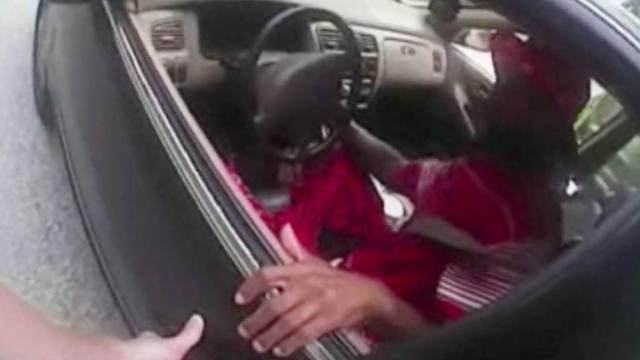University of Cincinnati Police Officer Ray Tensing has been indicted for murder in the shooting of Samuel Dubose, an unarmed black man. According to prosecutor Joseph Deters, video captured by Tensing’s body camera was the critical piece of evidence in the decision to pursue charges. Does this mean that cameras work?
Tensing shot Dubose during a traffic stop on July 19th, and later maintained that he had no choice by to shoot Dubose. Body camera footage told an entirely different story: An innocent man gets shot in the head when the conversation gets heated.
Deters was unequivocal in his language at the press conference announcing the charges. “It was a senseless, asinine shooting,” he said according to the New York Times. We never would have known for sure how senseless the murder was if not for body cameras, and the case has reignited the movement that started last year to strap cameras to all officers.
After condemning Tensing, prosecutor Deters served up a more compelling piece of evidence that tells us more about how cop cams figure into the future of policing. “This office has probably reviewed 100 police shootings, and this is the first time we’ve thought, ‘This is without question a murder,’” he said according to the Times.
In other words, it’s smarter to see this case as the exception. This only the second time body camera footage has led to charges against an officer. Back in January, two Albuquerque police officers were indited in the killing of a homeless, mentally ill man.
More than 3,000 police agencies in the United States have adopted cameras, according to Taser, the company that makes them. Back in March, the company told me it had sold more than 25,000 cameras in the United States. That number is bigger now, since body cameras have been flying off the shelves.
Body cameras are overwhelmingly used to maintain the innocence of officers in cases of citizen complaints. There’s a strong statistical bias towards not indicting officers for murder generally, and as I reported back in March, there’s very little evidence to suggest that cameras will be commonly used as a means for holding individual officers accountable for crimes against innocent civilians. The best we can hope for is that the cameras will be used in training and for meta-level corrections in police behaviour.
More cameras are coming, thanks to loads of federal funding and widespread public support. Even surveillance-sensitive organisations like the ACLU back the technology. It may prove a useful tool in some capacities, but let’s not imagine that body cams have the power to solve the many problems with violent and racist police officers in America. These are problems that technology cannot fix.
Image: Sam Dubose moments before he is killed
